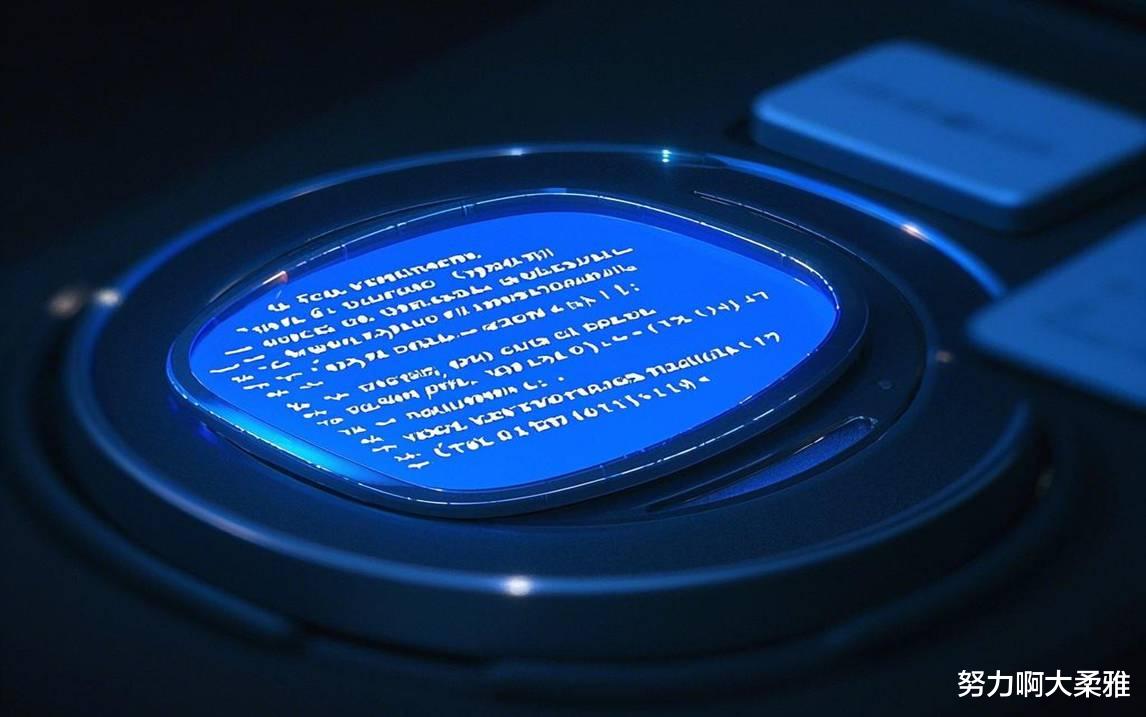在数据科学和人工智能飞速发展的今天,图像处理变得越来越重要。Python是一个极好的编程语言,有着丰富的库可以帮助我们进行各种任务。scikit-image是一个强大的图像处理库,提供了图像操作、特征提取和转换等功能。而pyapp是一个灵活的图形用户界面库,能够让开发者轻松创建交互式应用。将这两个库结合,可以实现极具创意和实用的图像处理应用。

首先,组合这两个库,可以实现图像的实时处理和结果展示。想象一下,你有一张照片,想实时应用不同的滤镜和效果,看看哪一种更吸引你。其实可以使用scikit-image处理图像,同时利用pyapp创建一个简单的GUI界面来展示效果。下面是一个简单的代码示例,展示如何实现这个目标。
import numpy as npimport matplotlib.pyplot as pltfrom skimage import io, color, filtersimport pyappclass ImageFilterApp(pyapp.Application): def __init__(self): super().__init__() self.image = io.imread('your_image_path.jpg') self.filtered_image = self.image.copy() self.setup_ui() def setup_ui(self): self.create_buttons() self.display_image() def create_buttons(self): self.button1 = pyapp.Button(text='Gray Filter', command=self.apply_gray_filter) self.button1.pack() self.button2 = pyapp.Button(text='Edge Detection', command=self.apply_edge_detection) self.button2.pack() def apply_gray_filter(self): self.filtered_image = color.rgb2gray(self.image) self.display_image() def apply_edge_detection(self): self.filtered_image = filters.sobel(color.rgb2gray(self.image)) self.display_image() def display_image(self): plt.imshow(self.filtered_image, cmap='gray') plt.axis('off') plt.show()if __name__ == '__main__': app = ImageFilterApp() app.run()
这段代码展示了如何创建一个简单的图像滤镜应用。运行后你会看到两个按钮,可以分别应用灰度滤镜和边缘检测效果。每点击一个按钮,展示的图像都会更新。这个示例让我们体验到了图像处理的实时性与交互感。
接下来,组合这两个库还能实现图像的分割及其显示效果。假如你想从一张复杂的图像中提取出特定的区域,使用场景分割技术就非常合适。下面的代码展示了如何实现这一功能。
import numpy as npimport matplotlib.pyplot as pltfrom skimage import io, segmentationimport pyappclass ImageSegmentationApp(pyapp.Application): def __init__(self): super().__init__() self.image = io.imread('your_image_path.jpg') self.segmented_image = self.image.copy() self.setup_ui() def setup_ui(self): self.create_buttons() self.display_image() def create_buttons(self): self.button = pyapp.Button(text='Segment Image', command=self.apply_segmentation) self.button.pack() def apply_segmentation(self): superpixels = segmentation.slic(self.image, n_segments=100, compactness=10) self.segmented_image = color.label2rgb(superpixels, self.image, kind='avg') self.display_image() def display_image(self): plt.imshow(self.segmented_image) plt.axis('off') plt.show()if __name__ == '__main__': app = ImageSegmentationApp() app.run()
在这段代码中,我们利用了scikit-image中的SLIC(简单线性聚类)算法进行图像分割。用户通过界面点击按钮,就能看到细节凸显的结果。这种方式让原本复杂的图像变得更加易于分析和处理。
还有一个特别有趣的组合功能是实时的图像滤镜和反馈。你可以做一个即时时间捕捉的应用,用户拍照后立即应用滤镜,并捕捉用户反馈。以下是这个功能的实现方式。
import numpy as npimport matplotlib.pyplot as pltfrom skimage import io, color, filtersimport pyappclass RealTimeFilterApp(pyapp.Application): def __init__(self): super().__init__() self.setup_ui() def setup_ui(self): self.create_capture_button() def create_capture_button(self): self.capture_button = pyapp.Button(text='Capture Image', command=self.capture_image) self.capture_button.pack() def capture_image(self): # Mock capture sample_image = np.random.rand(100, 100, 3) # 生成随机图像 filtered_image = filters.gaussian(sample_image, sigma=1) self.display_image(filtered_image) def display_image(self, image): plt.imshow(image) plt.axis('off') plt.show()if __name__ == '__main__': app = RealTimeFilterApp() app.run()
上面的代码模拟了一个快速捕捉图像的应用。用户可以通过按钮“Capture Image”来生成图像,然后应用高斯滤镜。实时的反馈和捕捉,使得这个应用不仅趣味十足,还能用于多种场景。
不过在使用这两个库的过程中,你可能会遇到一些问题,比如安装依赖或者相互兼容性的问题。确保你使用的库是最新版。此外,图像处理的性能也可能成为瓶颈,如果处理大图时特别慢,可以考虑将图像缩小到合适的大小再进行处理。还有一点需要留意的是,pyapp的某些控件加在一起可能会导致布局混乱,适当的布局类可以帮助你更好地组织界面。
在你使用scikit-image和pyapp进行图像处理的时候,如果觉得困难或者有什么疑问,随时都可以留言问我,我会很乐意与你分享我的经验,解答你的疑惑。图像处理是一个精彩绝伦的领域,希望这篇文章能激起你在这个领域探索的热情。
在结束这篇文章之前,回顾一下,通过将scikit-image与pyapp结合,能够实现从实时滤镜到图像分割,再到用户反馈等多种功能。这种组合不仅增强了应用的交互性,还极大地丰富了图像处理的功能。别忘了,如果你有问题,尽管找我讨论。希望大家在这条学习路上越走越远,收获更多乐趣与知识!